2006 tech: Manitou comes out fighting with new XC forks and shocks
All the attention in mountain bike suspension development in the last several years has focused on...
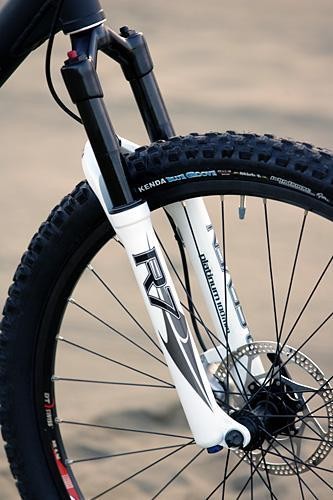


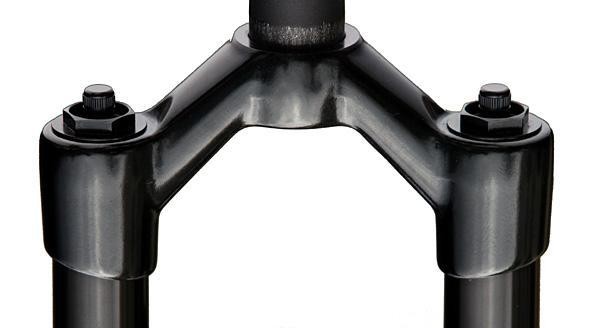
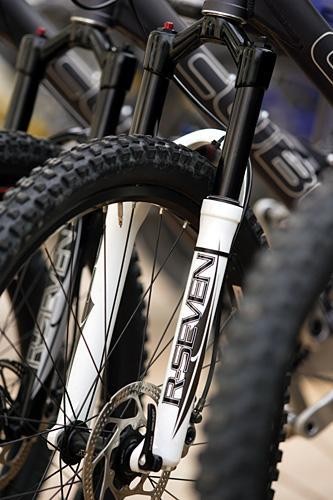
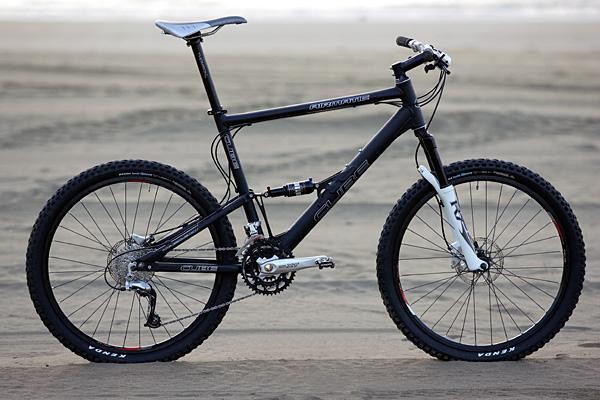
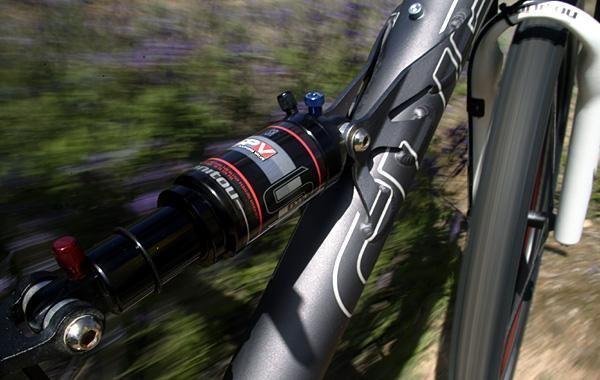
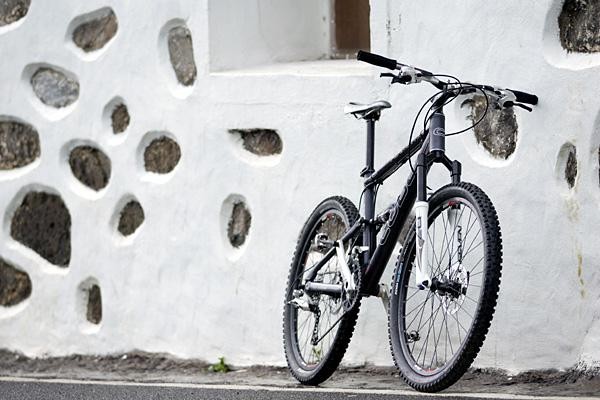
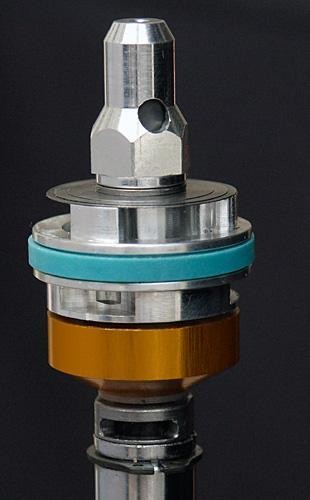
Tech feature - March 18, 2005
All the attention in mountain bike suspension development in the last several years has focused on freeride and downhill applications. With its 2006 R-Seven fork, Manitou aims to bring the latest suspension technologies to the cross-country set. James Huang takes a look.
Although the letters X and C often conjure up images of skinny NORBA types riding hyperfragile hardtails on some smoothish race course, today’s cross-country riders aren't just hardcore racers. Cross country riders are now pushing themselves and their equipment to new limits over more difficult terrain, but in many respects, suspension development has lagged somewhat behind the curve. Where once suspension forks that were just lightweight were often good enough, today’s cross country riders are increasing demanding equipment that is even lighter yet able to withstand more abuse, all while offering superior functionality, multiple levels of easy-to-understand adjustments, and of course, resistance to the dreaded bob.
With all the attention given lately to the freeride and “all-mountain” crowds, cross-country riders may have been feeling a little ignored lately in the suspension world with little to speak in the way of truly new stuff. Manitou has clearly picked up on this. After all, Manitou’s own Skareb line of cross-country forks is now almost five years old if you consider that it and the previous Mars forks are nearly identical platforms. To this end, Manitou’s people have clearly been quite busy in designing the new R-Seven line of forks and S-Type rear shocks for 2006. according to Manitou, diligent use of finite element analysis has added material exactly where it was needed while removing every bit that was not, resulting in a new fork platform that is stiffer, lighter, and works better, as well as a rear shock that delivers improved efficiency in a dramatically more svelte package.
Inside the R-Seven
The most significant change from the Skareb line is the switch from 28.6mm diameter stanchions to 30mm ones, resulting in major improvements in overall rigidity, according to Manitou. Significant component changes include:
- Lower leg casting is now ovalized to increase fore-aft stiffness and uses a new, more upright, parabolically-shaped Reverse Arch to reduce both twisting and independent leg movement. The practical upshot should be no more pad rub for you V-brake users!
- Deeper-bore hollow crown uses extra-long skirts to provide better stanchion support to resist bending
- New steerer uses XC-optimized butting
- New all-air spring system eliminates the need to swap the short coil spring of the previous generation air springs to accommodate gross variations in rider weights
- New damper offers a firmer platform with a plusher ride
In total, the new R-Seven is a full 101g lighter than a comparable Skareb (which already could hardly be considered heavy) while offering improved handling precision.
Get The Leadout Newsletter
The latest race content, interviews, features, reviews and expert buying guides, direct to your inbox!
Although the new lighter and stiffer chassis is news enough, the real innovation comes with the new Snap Valve damper. In general, 'stable platform' dampers are supposed to be resistant to low-frequency inputs (such as pedaling) but react to high-frequency ones such as actual bumps and other trail features (this is not to be confused with low vs. high amplitude inputs - a perfect suspension system will react to both of those). In real life, however, many of us have found that this often means a firm platform has come at the expense of a supple ride, particularly on features such as washboard.
To address this issue, Manitou’s new Snap Valve damper uses a “dual ratio” design, meaning that the force required to open the valve is much greater than that required to close it. This produces a higher threshold for even more resistance to low-frequency stuff than SPV Evolve, but also more instantaneous response to bumps to eliminate the first-impact jolts that can often plague platform systems. Combined with the valve’s tendency to stay open longer to deliver a more active feel, the Snap Valve promises to eliminate the small-bump harshness that has haunted SPV.
For those of you who read all of this and just think, “stable, schmable… just give me a manual lockout”, Manitou will also offer R-Seven models with good old TPC dampers complete with lockout knobs. All of the new R-Seven forks will be available in either 80 or 100mm travel versions with and without V-brake bosses and key features on the individual models are as follows:
- R7 Comp: 1405g/3.1lb target weight; Fluid Flow, TPC, Platform Plus (think pseudo-SPV) or Snap Valve damper options; Optional IT travel adjust; External rebound damping and air preload adjustments
- R7 Elite: 1360g/3.0lb target weight; Platform Plus or Snap Valve damper options; Optional IT travel adjust; External rebound damping, platform, and air preload adjustments
- R7 Super: 1360g/3.0lb target weight; TPC damper with manual lockout and optional remote; Optional IT travel adjust; External rebound damping and air preload adjustments
- R7 Platinum: 1315g/2.9lb target weight; Titanium negative coil spring; Snap Valve damper; Optional IT travel adjust; External rebound damping, platform, and air preload adjustments
S-Type rear shocks
Manitou’s new line of rear shocks has been likewise improved over previous offerings. A smaller and lighter air can reduces the volume of the air spring, resulting in more spring progression as you move through the travel. This increased progression also increases pressure on the platform valve and combines with a softer negative spring to provide a firmer threshold throughout the shock stroke, meaning less bob and more forward motion. The weight of the damper has decreased as well but retains the same oil volume to maintain current levels of damper reliability. In all, the S-Type reduces weight by 108g over a current SPV 3-Way while improving overall pedaling efficiency. The S-Type line will include two rear shocks:
S-Type SRL: 200g/0.44lb target weight; Platform Plus damper with manual lockout and optional remote; External rebound damping and air preload adjustments
S-Type SR SPV: 200g/0.44lb target weight; SPV 3-Way damper; External rebound damping, platform, and air preload adjustments
Suspension development has been progressing in leaps and bounds as of late, and it’s nice to see that the XC crowd hasn’t been forgotten. Manitou’s new R-Seven is as stiff as the Minute and lighter than the Skareb, yet offers a firmer platform and more supple response than SPV Evolve, while the S-Type shocks should deliver outstanding pedaling efficiency in an ultralight package. Look for this stuff on the bikes of Manitou’s sponsored pros right now, with consumer offerings coming sometime around June.
James Huang is chief guru at mountain bike suspension site www.angryasian.com.